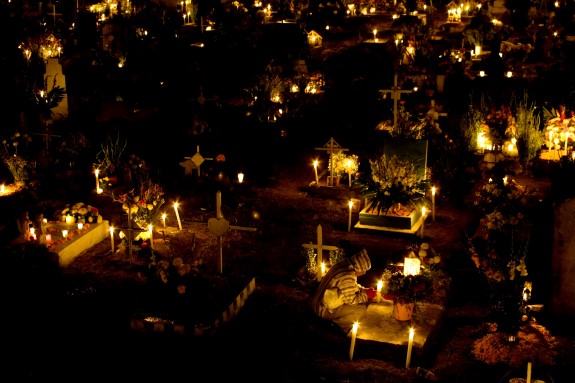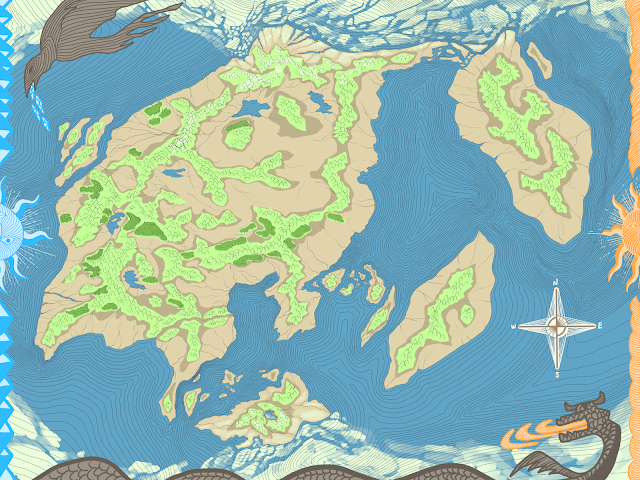Week 2 (THE SECOND PROJECT)
Last Friday, we went to V/A museum for preparing and researching our second project. And I found out this.
' Soul at Death '
- Object:Relief
- Place of origin:Naples (made)
- Date:1620-1630 (made)
- Artist/Maker:Azzolino, Giovanni Bernardino, born 1572 - died 1645 (sculptor)
- Materials and Techniques:Relief, colored wax on painted glass in deep stained and gilt box frame.
- Credit Line:Waxes showing the fate of the soul
These dramatic and highly realistic wax sculptures depict the possible fate of the immortal soul. According to Catholic doctrine, the soul is judged at death and sent to Heaven for eternal reward, Hell for eternal punishment, or Purgatory for a period of purifying repentance. These sculptures were probably for private devotion, a potent reminder of the terrifying fate of damnation and that time in Purgatory could be lessened through the prayers of the living.
http://collections.vam.ac.uk/item/O349011/soul-at-death-relief-azzolino-giovanni-bernardino/
This work dealing with death is related to the 16th century religious part.
In those days, prayer in real life helped the deceased, and this was their absolute belief. Therefore, this work is like a prayer consciousness of the person who lived for the dead.
According to the book ‘Death, Religion and the Family in England 1480-1750' (Ralph Houlbrooke, 1988), in the 16th century, religion made life's uncertainty about death, also gave God's constant command to those who were about to die and to those who were waiting for it.
Therefore, this work has a religious aspect of the 16th century, and through this work, finding a relationship between a living person and death is a kind of past lifestyle.
' Day of the Dead '
Another cultural aspect of the past and present related to death is Day of the Dead.
Mexicans who recognize the value of death and accept it positively believe that those who passed away come down to meet their family and friends once a year. On day two, they pray for the dead. On the day for the dead people, Mexicans make skull sculptures and bone-shaped candy with sugar and chocolate and put the names of the dead on the altar. In some places, they go to the graveyards of deceased family and friends, bringing tequila and cigarettes for dead adults and toys for dead children.
' coco '
( This film-related to the story of the day of the dead. )
Mexicans recognize death as a friendly being from an aesthetic point of view through the festival.
On the other hand, 'Soul of Death,' they see death from a religious point of view, and they have a no-nonsense attitude about death. However, both works are essentially the same in honor of the dead.
Here is another sculptor who works on the theme of death, she is...
' Caroleinsmit '
Medusa with skull (2015), Ceramics. ( http://www.flatlandgallery.com/artists/carolein-smit/ )
Untitled (2006), Ceramics.
( http://www.flatlandgallery.com/artists/carolein-smit/ )
Smit borrows themes from classical mythology and biblical tales, such as greed, power and impotence, vanity, perishableness, and death. so, through her theme, the ugly but adorable, or the frightening but fragile, provides a reminder about the vulnerability and impermanence of life, and the inevitability of death.
Through her works and theme, we could see she wants to show us the death is inevitable in our life. As in my opinion, the first time when I saw her works in the bookstore, I felt a bit disgusted with death. Because generally, people would not like to accept death while they are living, so that is why I felt a bit bad with her works. However, when I was watching her works more and more, I just realized that death is also a part of our life, and we cannot escape from death. So I think she would say we also should accept death and make it happier.
So, through those three works, we could see a point of sameness that death is inevitable, and when we try to think of death differently, it would be acceptable. their works aim are the same, but they have a different way of expression of death.
In the future, we will be able to face death more lately by the development of bioscience, and yet death will be still inevitable. There will be some people who try to avoid death and some people will accept death. But unchangeableness in the future is human is still a mortal.








댓글
댓글 쓰기